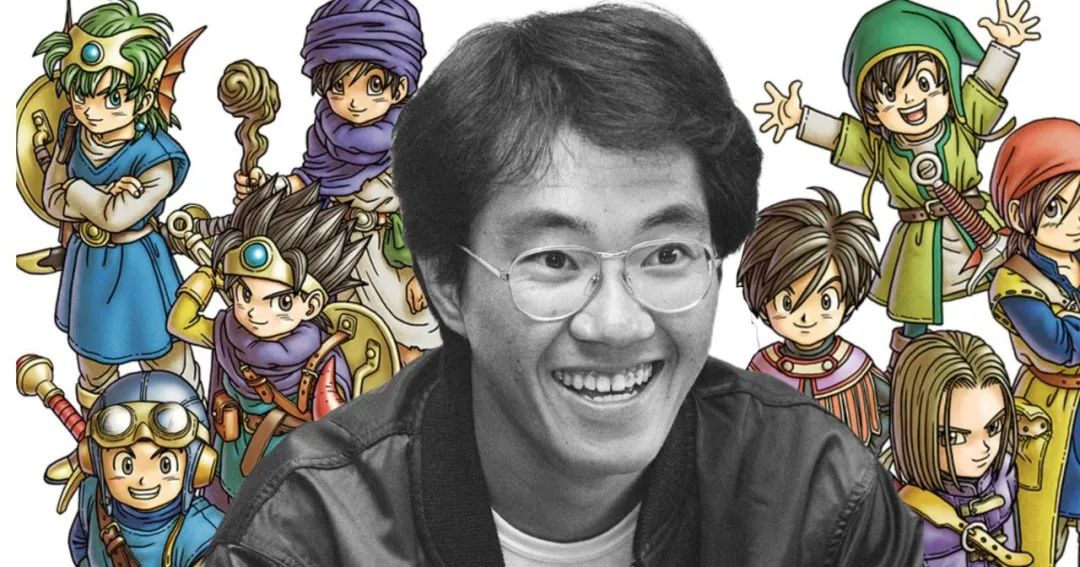In May of 2021, SKW Enix hosted a special 35th anniversary program for Daredevil Quest (DQ).
DQ series producer Yuji Horii had previously revealed that the program would announce tons of news, including new titles. However, he did not say whether the “new installment” would include the main series.
It wasn’t until the finale of the program, when DQ’s iconic BGM “Overture” played, that gamers learned of the existence of Dragon Quest XII. At that point, the camera panned back to Horii, who cheerfully said, “I occasionally say, ‘A sequel is in the works,’ but this is the official announcement.”
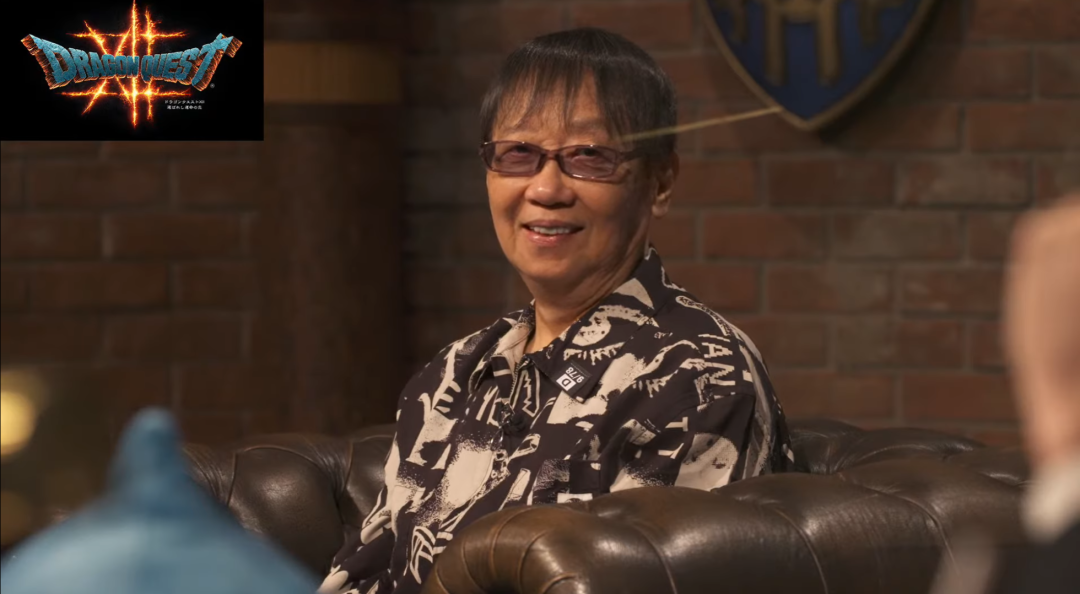
At the age of 67, his smile in front of the camera was already showing some signs of age. As soon as the announcement was made, many fans of the series thought that DQ12 would probably be the last time the “DQ Triangle” would work together.
The “Iron Triangle” refers to three of the most important developers in the nearly 40-year history of DQ: Yuji Horii, who was the game’s main designer and producer; Koichi Kurama, who produced the music (and died in 2021); and Akira Toriyama, who was responsible for the art and graphics.
With the passing of Akira Toriyama yesterday, only Yuji Horii, who is still on stage, is left of the “Iron Triangle” of the past.
In his eulogy to Akira Toriyama, Yuji Horii recalled the thirty-seven years he spent with him: “I met Mr. Toriyama when I was still working as an editor at Shonen JUMP ……”
The achievements of DQ need no introduction
The achievements of DQ need no introduction, and the efforts of the Iron Triangle are indispensable to making it Japan’s national game and the cornerstone of modern JRPGs.
However, compared to the other two, who were fully committed to DQ from the very beginning, Akira Toriyama has been a bit of an “absentee”.
In the program commemorating the 30th anniversary of DQ, when Yuji Horii said to the camera with a big smile that he “treats the development of games as a vocation”, Akira Toriyama not only replied to the interview with a somewhat perfunctory e-mail, but also mentioned the content of the content of the complaints: “Honestly, if I had known that I had to draw for DQ for 30 years, I would have refused the job. I would have turned down the job.”
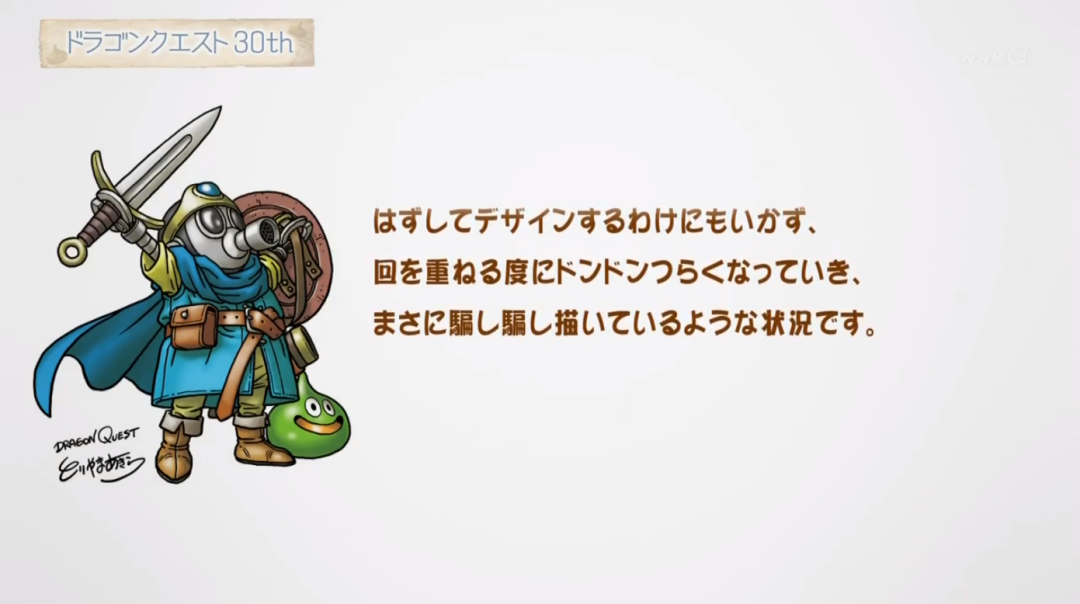
The first Daredevil game began development in 1985, with Akira Toriyama being approached for artwork in the second half of the year.
This was the second year of Dragon Ball’s serialization, and it was popular, but had yet to overtake Hokuto Shinken as the true pillar of Weekly Shonen Jump.
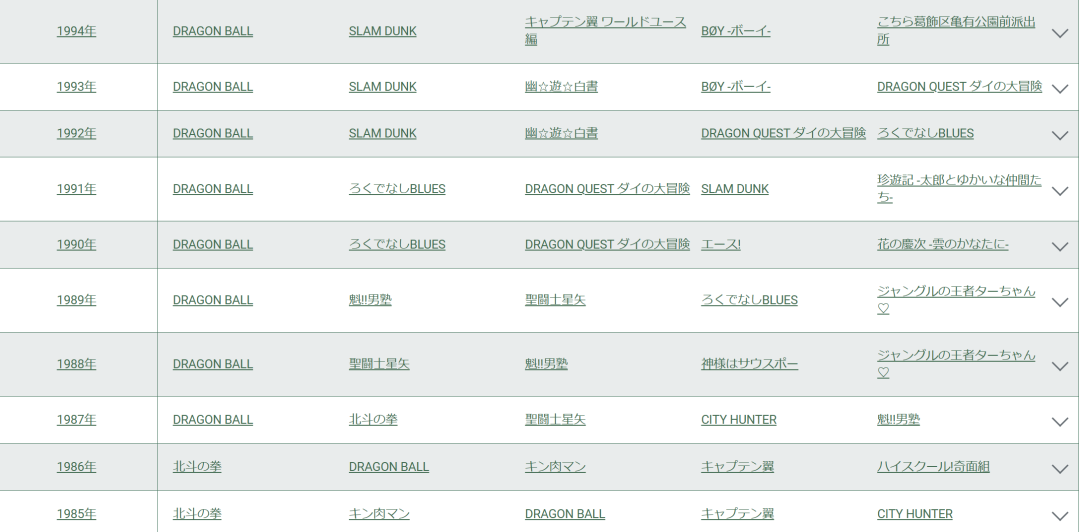
And for eight years after that, Dragon Ball remained number one in the annual average reader rating order until its conclusion
Just a few months later, Akira Toriyama would have become an instantly recognizable manga artist, and faced with the added pressure of serialization, he probably wouldn’t have taken the game-related job - in his own words, he didn’t even know what an RPG was at the time, but was introduced to it and thought, “What’s an RPG? In his own words, he didn’t even know what an RPG was at the time, but he was introduced to it and thought it would be good to have more work, so he accepted the job casually.
Rumor has it that Akira Toriyama, who was unfamiliar with the game development process, initially thought that he had to draw the pixelated character bitmaps for the games himself, but was relieved to learn that he only had to draw the designs.
But all in all, Akira Toriyama, as a manga artist, became involved with the game, and the part he was responsible for became one of the most iconic features of the DQ series.
In addition to the main characters, Toriyama designed over 500 monsters for the DQ series. “Slime” was one of the first monster characters that Yuji Horii commissioned Akira Toriyama to design, and he drew a sketch to introduce the classic RPG’s Bubbly Slime to Toriyama, who had never played Sorcery before.
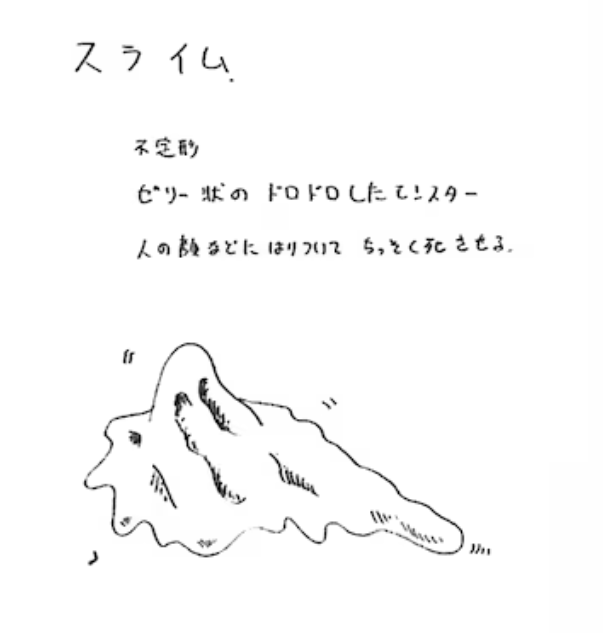
Instead, Akira Toriyama handed back an image that felt very different - the Slime archetype, better known today as one of the most successful monster characters in gaming history.
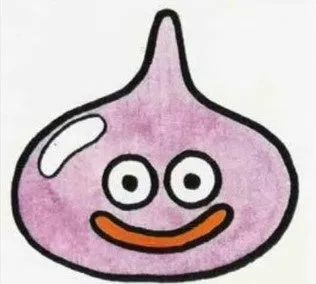
In addition to always having a “rounded” look, another characteristic of Akira Toriyama’s monster designs is that, no matter what the pose, the monster’s gaze is always straight at the player.
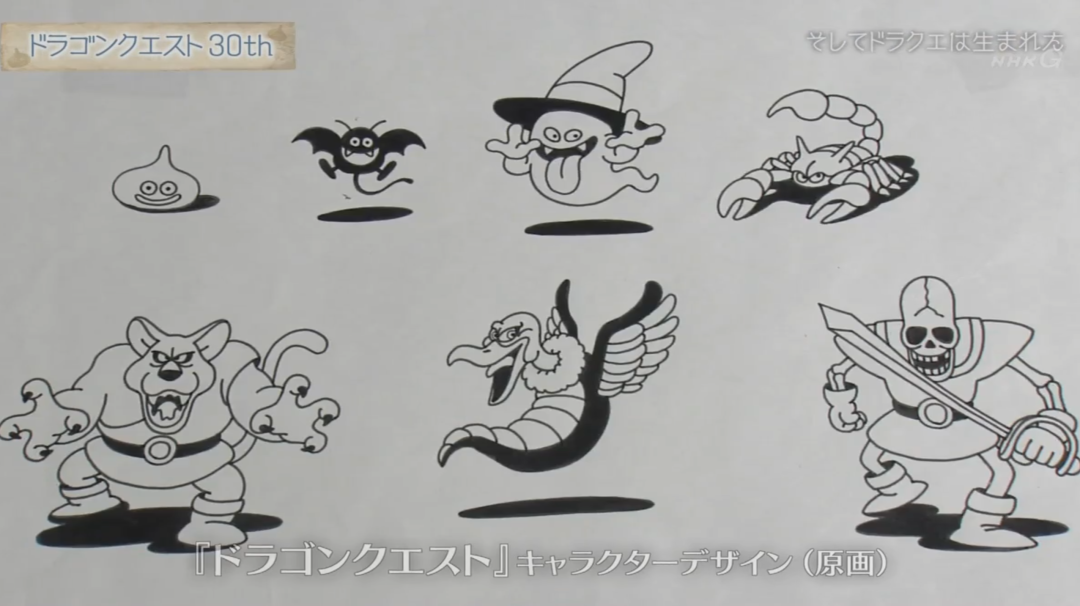
At the time of the original DQ trilogy, it was almost impossible to create a stylized worldview in the game with the graphics technology available at the time.
Players’ imaginations of this fantasy world were largely based on the game’s illustrations and character designs, and Akira Toriyama, who was new to gaming, accomplished such a task brilliantly.
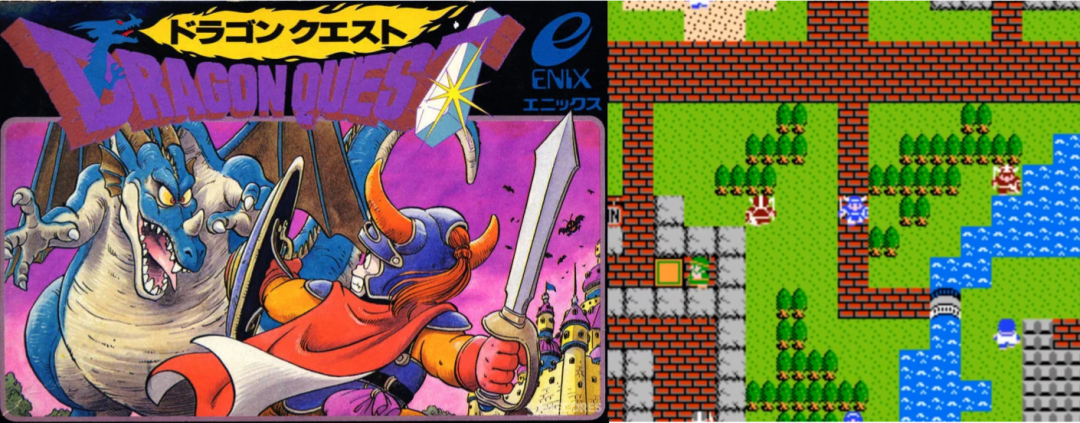
In 1990, along with the back-to-back sales of DQ, which had reached its fourth installment, there was a manga published titled The Road to G.I. Joe, which told the behind-the-scenes story of the series’ birth.
In this manga, Akira Toriyama made very few appearances and barely had a single line, with only Koichi Nakamura, who was the game’s main programmer, commenting on him, “A professional is different.”
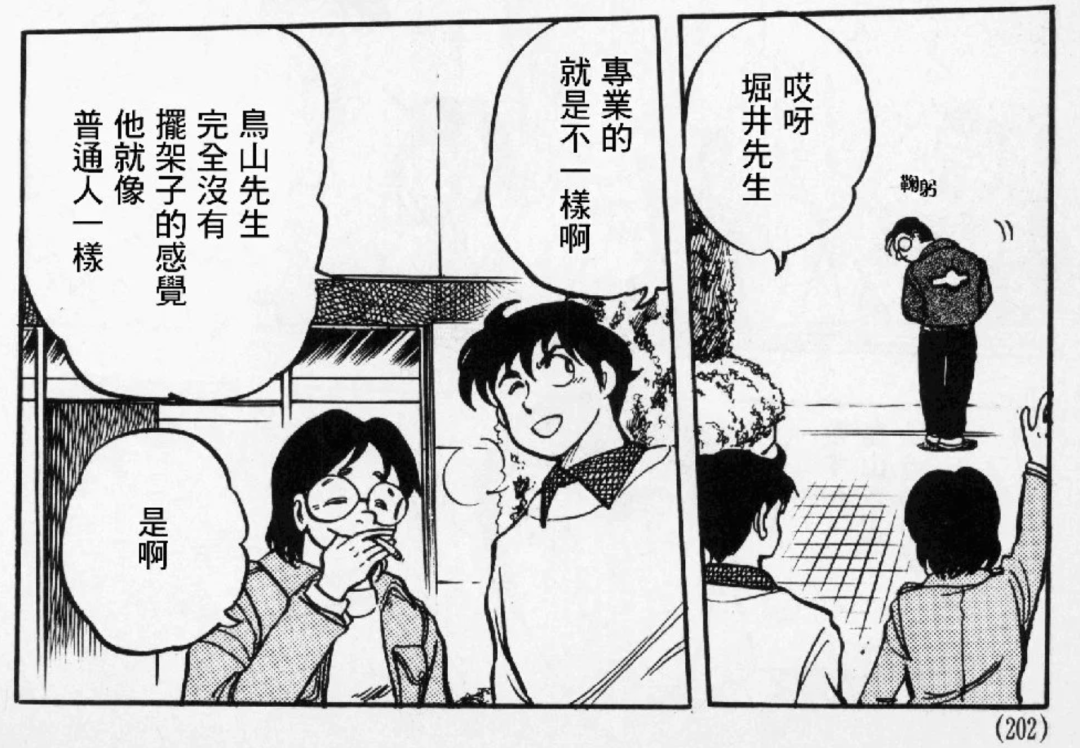
The character bowing goodbye in the picture on the right is Akira Toriyama from the manga.
Creating Dragon Ball or participating in the creation of G.I. Joe?
Which is the more important achievement, creating Dragon Ball or participating in the creation of G.I. Joe?
In different areas of content creation, enthusiasts may give different answers. For Akira Toriyama, these two accomplishments proved that he had the ability to create both on his own and in collaboration with others, and allowed him to be both a “misfit” and a “misfit” in the game industry. In 1992, the game industry was no longer in its infancy, and he had become one of the most important figures in the game industry.
In 1992, Akira Toriyama and Yuji Horii, no longer outsiders to the game industry, attended a game-related exhibition in the United States, where they met Hironobu Sakaguchi, the creator of the Final Fantasy series.
The trio took this as an opportunity to work together on a brand new game - what would become Chrono Trigger.
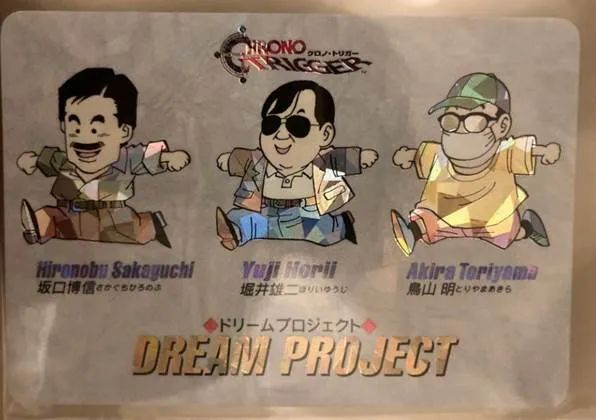
The project was named the “Dream Project,” and the trio, along with a group of young people who would later become the backbone of the industry, made up what is rightfully called the “Dream Team” in gaming history.
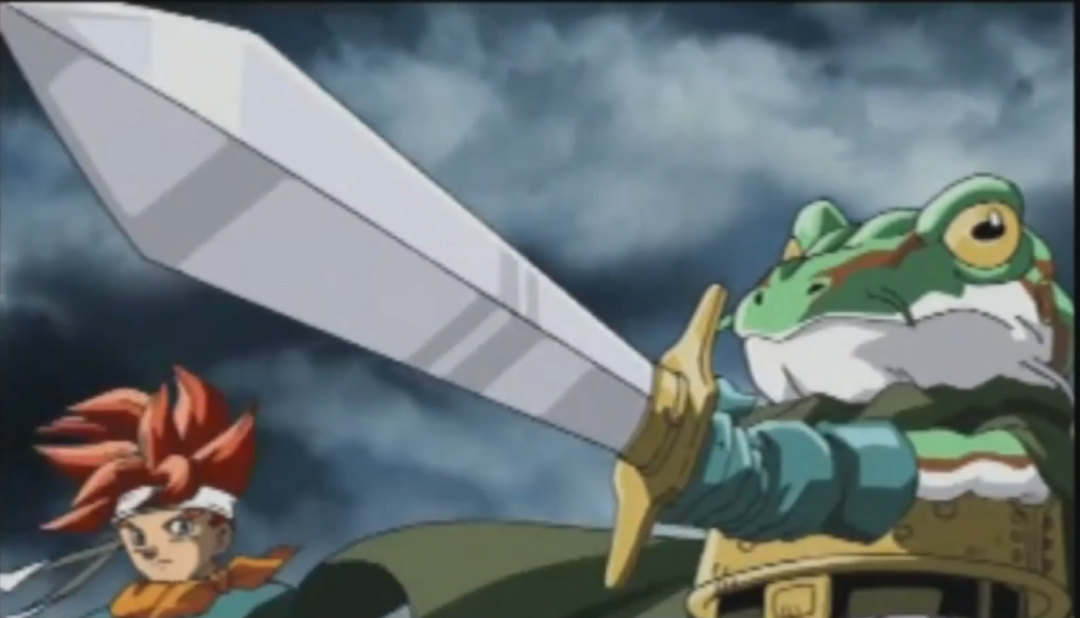
The game’s soundtrack, “カエルのテーマ,” became the athletes’ entrance song for the opening ceremony of the Tokyo Olympics.
Hironobu Sakaguchi later described the development of the game as “playing in Toriyama’s world” - a fantasy world woven by Akira Toriyama’s paintbrushes that became the stage for everyone to express themselves.
As Dragon Ball transformed into a battle manga in its mid-to-late years, there were fewer opportunities to show the worldview, which led to Akira Toriyama, as a manga artist, being praised for his recognizable drawing style and strong subplotting abilities, while his design talents were often underestimated.
Even so, the various vehicles that appear in Dragon Ball alone are a testament to Akira’s attention to detail.

In 1993, Akira Toriyama also worked on the arcade shell for the game Dragon Ball Z Super Budokai, which was also made into a real-life arcade.
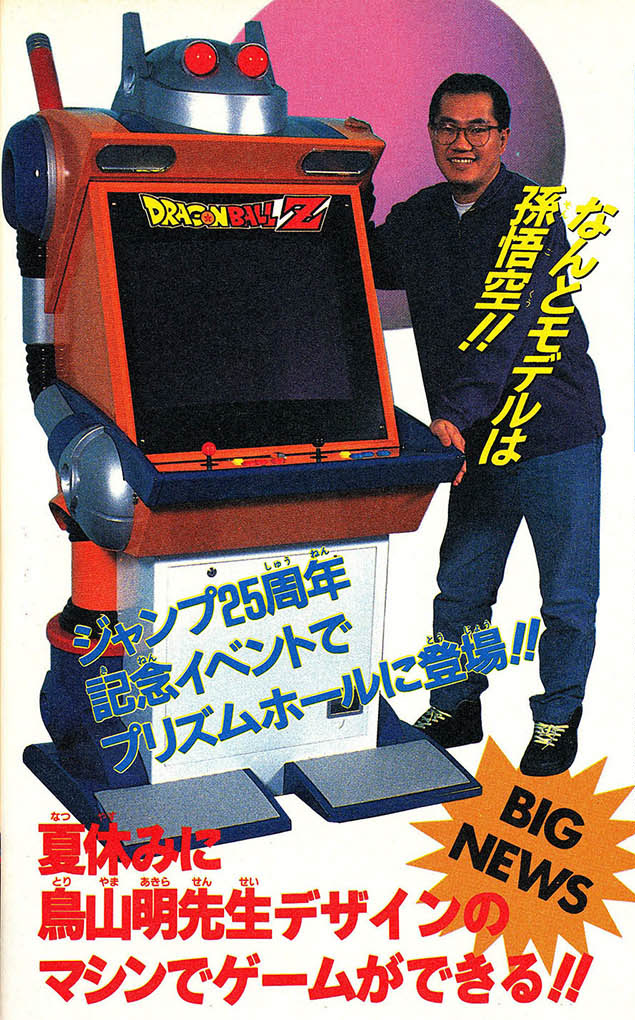
By the time of Wheel of Time, Akira Toriyama had demonstrated his mastery of worldview settings.
As the name suggests, Wheel of Time is a time-spanning story that takes the main characters back and forth through different eras on the same continent, including the Dinosaur Age, a prehistoric kingdom of swords and sorcery, the Middle Ages, the Modern Age, and the Future. …… With Akira Toriyama’s writing, it’s easy to tell which era the characters are in, and what kind of world they’re from! .
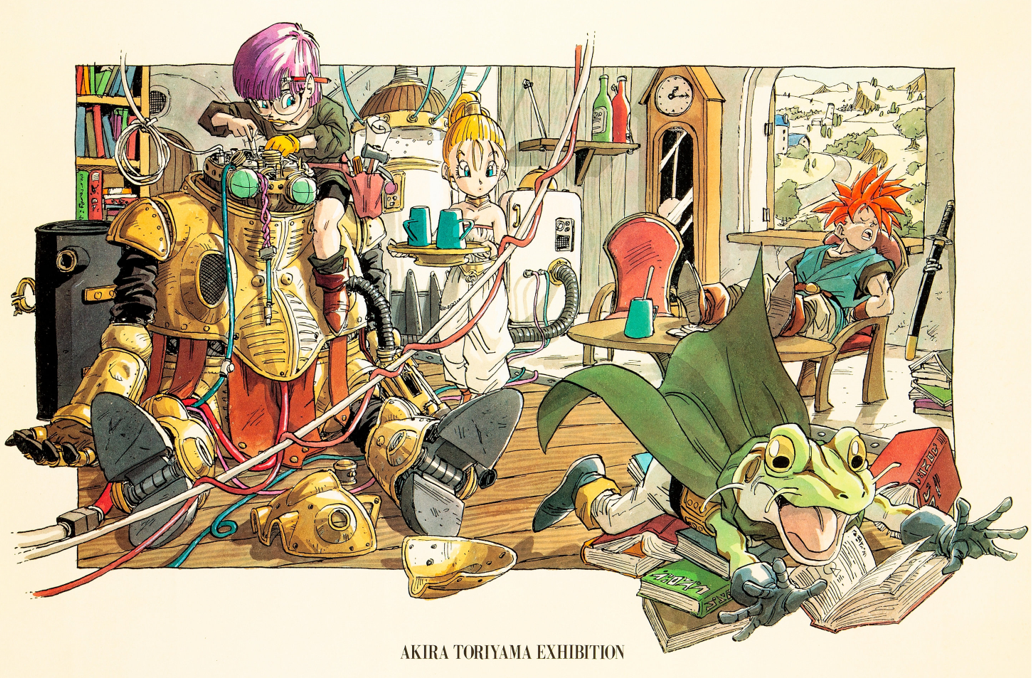
The SFC platform for which “Wheel of Time” is aimed also has a stronger graphic performance capability, allowing the game to show more detailed costumes, machinery, and buildings designed by Akira Toriyama, so players no longer have to stay in their imagination, but rather, they can visually experience the fantasy world constructed by Akira Toriyama.
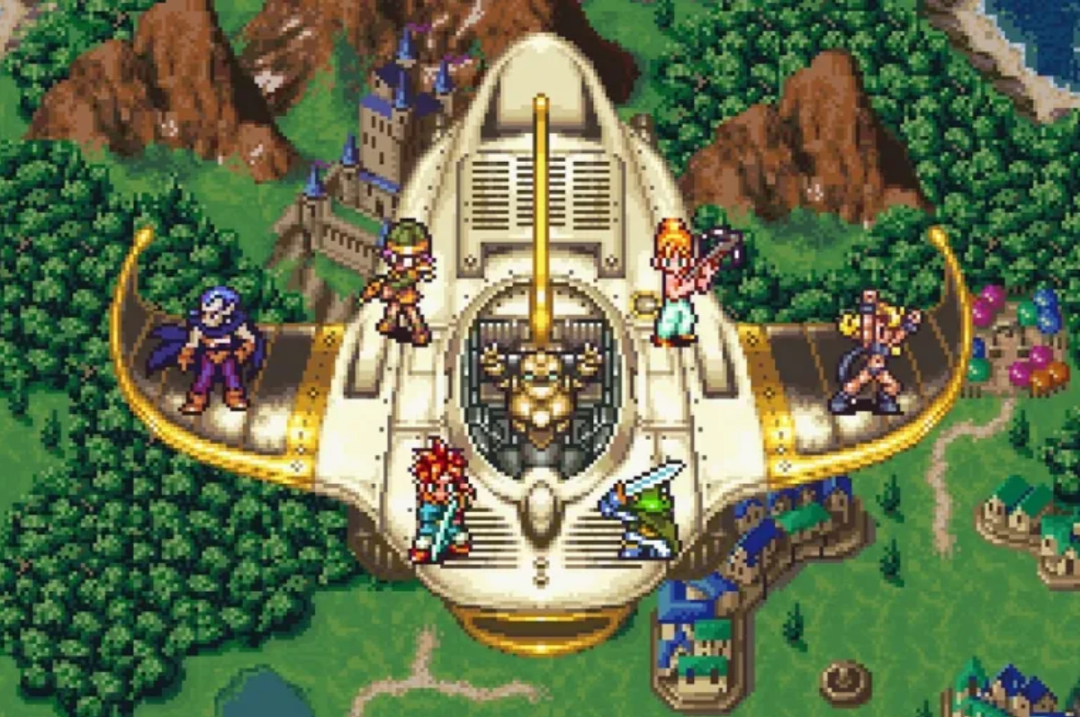
Fighters from different eras riding in a time machine designed by Akira Toriyama (image from the PC version ported in 2018)
The Wheel of Time is a more active game than the commissioned “B” role in the DQ series. It also coincided with the later stages of the Dragon Ball serialization, which was in the proverbial predicament of not being able to be completed at Akira Toriyama’s whim due to its rising popularity.
To a certain extent, The Wheel of Time represents another possibility that Akira Toriyama, as a creator, aspired to at this time, where he didn’t have to rack his brain to conceive of an endless deathmatch, but could instead depict a free-flowing adventure, just like the original story of Dragon Ball.
After 1990’s G.I. Joe 4: The Guided Ones, starting with DQ5
After 1990’s G.I. Joe 4: The Guided Ones, starting with DQ5, Akira Toriyama’s actual role shifted to that of “main character designer,” which nominally meant that, with the large amount of work that Akira had left behind, he didn’t need to add as many monsters to the new game, so he could just design the main characters, but in reality it also meant that he was more involved in the game. In fact, it also means that the involvement of Akira Toriyama was reduced.
During this time, Akira Toriyama was also involved in the design of the first fighting game released by Shkwel, Tobal No. 1, and with the 3D graphics technology of the time, it’s hard to say that the game restored much of Akira Toriyama’s style. But the design of the hidden character Tori Robo is still instantly recognizable as Akira Toriyama’s personal touch.

In 1996’s Planet Warriors, Tori Robo was clearly stripped down from Akira Toriyama’s iconic self-portrait image
With the end of Dragon Ball, a visibly exhausted Akira Toriyama never again penned a full-length serial, and just when it was thought that he would fade away from the gaming industry, Blue Dragon was released.
For the uninitiated, it’s hard to imagine the hype surrounding Blue Dragon, which was published by Microsoft Game Studios, exclusive to the Xbox 360, developed by Mistwalker, a Microsoft-funded studio founded by Hironobu Sakaguchi, and requiring three DVDs for the amount of content it would contain - in other words, what Microsoft was doing at the time! In order to help Xbox open up the Japanese market, Microsoft launched a brand new JRPG at all costs, and it can also be said that after Blue Dragon, no other brand new and original JRPG has ever received such resources to promote it globally.
It can also be said that Blue Dragon symbolized the end of the “Golden Age of JRPGs”, but people at the time didn’t really feel that way.
In addition to the game, Blue Dragon also released two manga, two seasons of anime with more than 100 episodes, and collectible cards……. It can be said that as long as you cared about any field related to ACG at that time, you would be brushed by the presence of Blue Dragon, and the core of this presence is the highly recognizable style of Akira Toriyama’s drawings.
Blue Dragon is highly tied to Akira Toriyama on a promotional level, a clear attempt to recreate a new IP now that Dragon Ball has ended, but paradoxically, it’s also clear that a cross-media project like this one, which involves multiple disciplines, can’t possibly be controlled by Akira Toriyama.
Hironobu Sakaguchi had even mentioned in the interview session that this collaboration with Akira Toriyama was a bit of a struggle, as the other party was still using the 1st and 2nd generation versions of Phototshop, making it difficult to communicate ideas through data transfer.
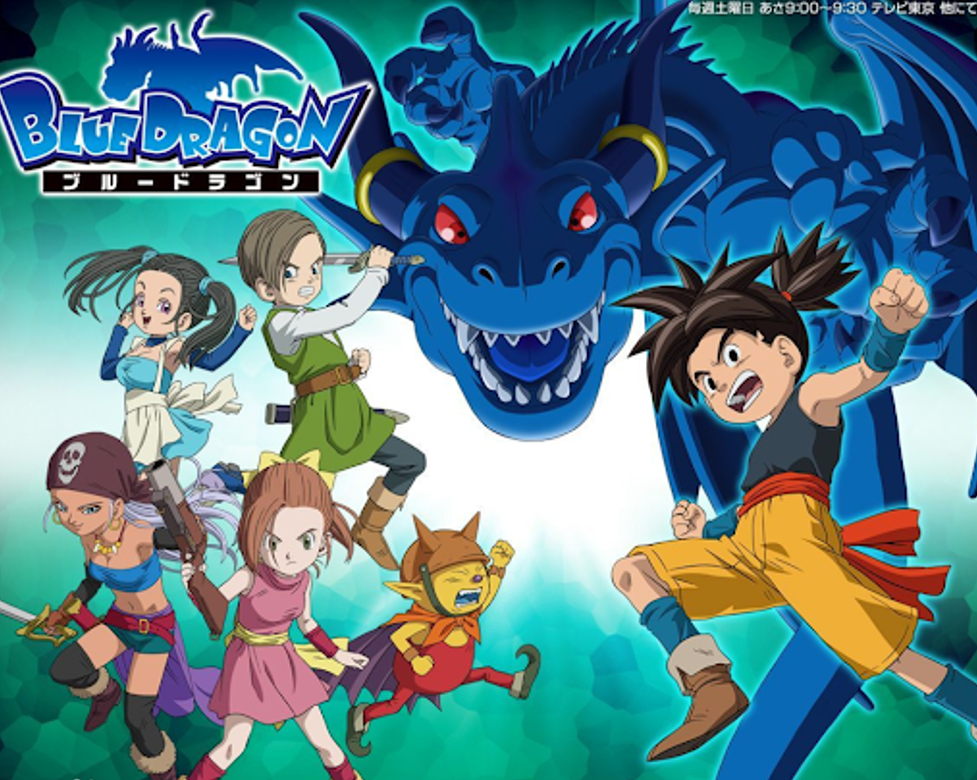
A group photo of the game’s production team for Blue Dragon, with Akira Toriyama front and center in the black and red T-shirt
In Blue Dragon, players can find a character called “Toripo,” an incarnation of Akira Toriyama himself, who will first call out “Toripo!
The voiceover was recorded by Akira Toriyama himself, who said he felt embarrassed to make such a sound and wanted to decline, but decided to go along with the offer after seeing how many people were working hard to complete the game.
It’s hard to say whether Blue Dragon was a success at the end of the day - it still didn’t help Microsoft get the slice of the Japanese console market it wanted, and the sales and word-of-mouth it garnered hardly matched the amount of publicity invested in it up front - but for many gamers and anime viewers alike, it still formed part of their teenage years, and has become one of the most important games in Akira Toriyama’s legacy in the gaming industry. Akira Toriyama left another footnote in the game industry.
All of the above is to say that Akira Toriyama is a “game art designer,”
All of the above is to say that Akira Toriyama is a “game art designer,” and even if you put aside his role as a manga artist as the author of Dragon Ball and Ararai, he is undoubtedly well known in the industry for his work on these titles.
At the same time, he is also the original author of Dragon Ball, the manga that has been adapted into the most video games in the Guinness Book of World Records.
That’s why it’s not easy to keep track of all these games, not to mention the fact that in many cases, Akira Toriyama’s own involvement in these adaptations is quite limited, making it difficult to see them as directly related to him.
On the other hand, even without Akira Toriyama’s personal intervention, Dragon Ball has still given birth to a number of excellent adaptations. This is partly due to the fact that some of the producers who were deeply influenced by Dragon Ball have put forth 100% sincerity to develop their favorite works, and partly due to the fact that the world created by Akira Toriyama is naturally suitable for being adapted into various types of games.
Akio Ino, the editor-in-chief of V JUMP, who has been in charge of design work with Akira Toriyama for many years, has mentioned that the graphic images designed by Akira Toriyama are based on the premise of “the way it moves,” and he often refuses to make corrections on the grounds that “this is not in line with common sense.
Pictures
For example, he refused to add a hood to DQ11’s protagonist’s costume on the grounds that if he wore a hood, the position of his sword would naturally move to his waist, and the knot in his belt would be meaningless, and he would lose the feeling of a brave man.
Whether it’s in the manga or the game, it’s the accumulation of these details that makes the world created by Akira Toriyama so real and believable that one can’t help but fantasize about how the characters in this world live and what happens to them off camera.
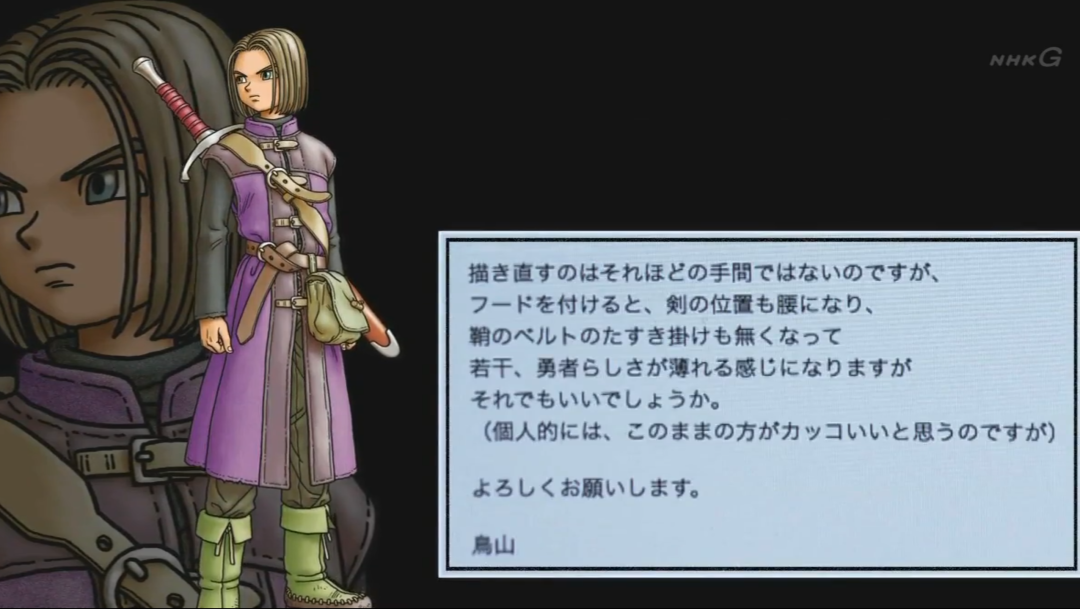
Originally slated to be adapted into a game and anime this year, SANDLAND is a manga that Akira Toriyama drew after the conclusion of Dragon Ball
With Akira Toriyama gone, it may be that the design aesthetic is harder to carry on than the long-established genre.
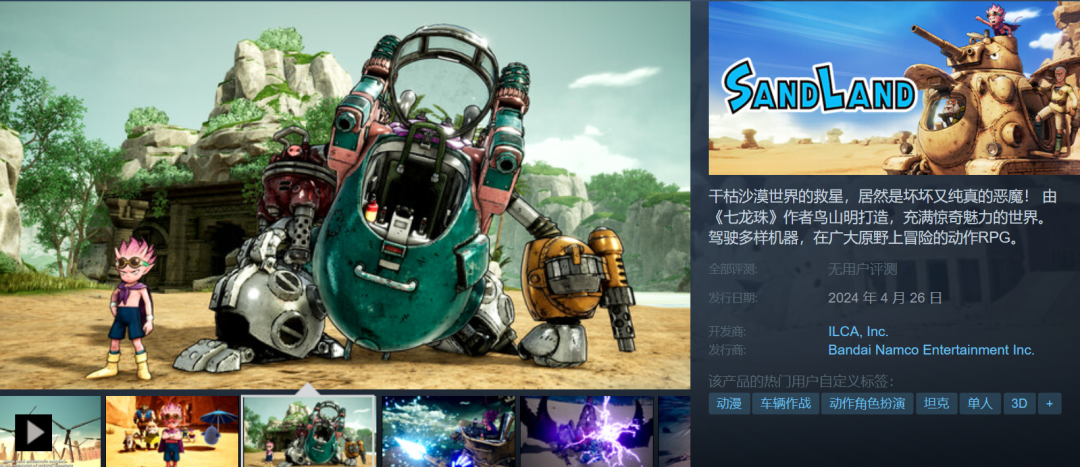
Gohan Beast from Dragon Ball Super: Super Artificial Man was one of the last Saiyan forms designed by Akira Toriyama.
Gohan is the main character of the show, but it’s still hard to say that he’s really taken over the mantle of Dragon Ball’s protagonist from Goku.
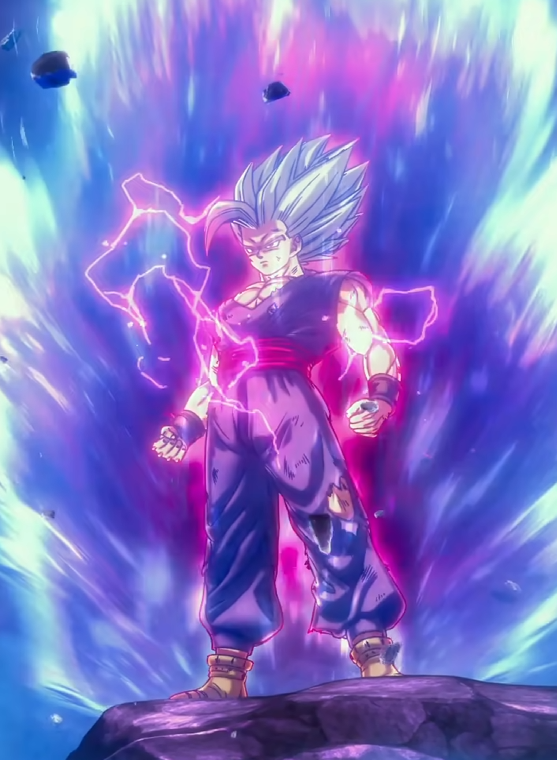
That’s as true for Dragon Ball as it is for G.I. Joe.
In 2017, G.I. Joe 11 was released.
As the 30th anniversary installment of the series, DQ11 incorporated plenty of references and retrospectives to its predecessor into the game. For many newer generations of gamers, they may not realize all of these homages to the golden age of JRPGs given the time span of the series proper’s release.
But even so, any gamer who has seen Dragon Ball, even if they haven’t played any of the DQs, will feel a wonderful sense of kinship when they open the game for the first time and meet the main character, Guts: he looks like Trunks.
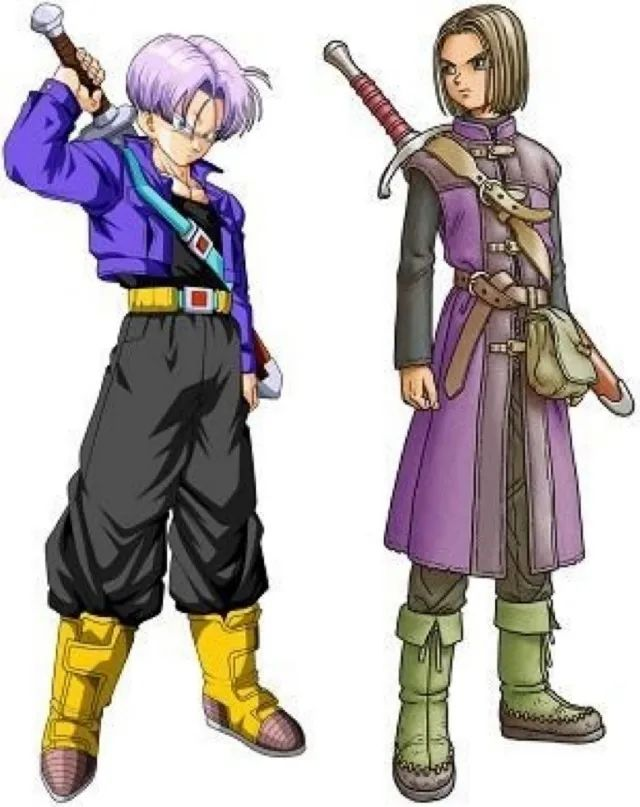
As the story progresses, players will see more familiar arcs: Guts goes back in time to help his partner in DQ11, just as he goes back in time to save Goku’s life, as does Trunks. Characters from the same man’s pen are mapped onto each other in subtle ways across time and space, ultimately forming echoes of two golden eras.
The person who ties it all together is none other than Akira Toriyama.
The subtitle of G.I. Joe 11 is “In Search of Lost Time”. The title of the English version of the game is simply translated as Echoes of an Elusive Age.
Seven years ago, the title only seemed to hint at the game’s plot; now, seven years later, it seems to carry more of a sense of destiny - no matter how hard one searches, there is no such thing as an unending banquet.


